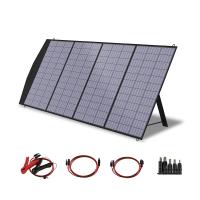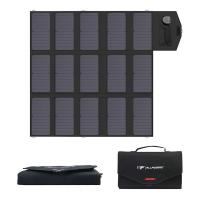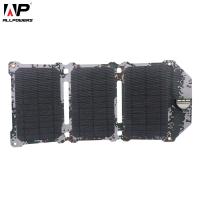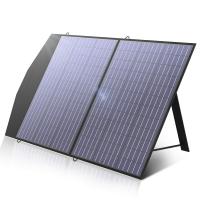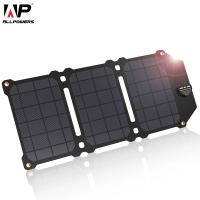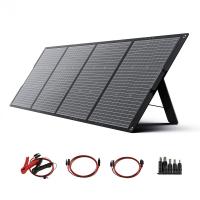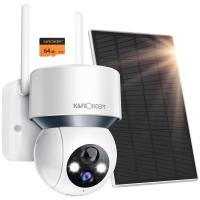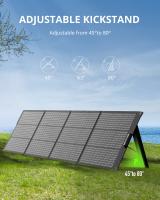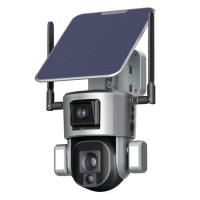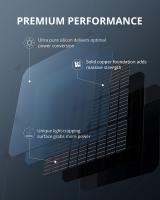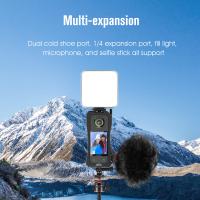How Much To Install A Solar Panel?
The cost of installing solar panels is a common question among homeowners and businesses looking to reduce their energy bills and carbon footprint. The demand for solar energy solutions has surged in recent years, driven by increasing environmental awareness and the desire for energy independence. In this article, we will delve into the various factors that influence the cost of installing solar panels, provide a detailed breakdown of expenses, and offer practical advice for those considering making the switch to solar energy.
Understanding the Cost Components

The total cost of installing solar panels can vary significantly based on several factors. Here are the primary components that contribute to the overall expense:
1. Solar Panel Costs: The price of the solar panels themselves is a major component. This cost can vary based on the type and efficiency of the panels. Monocrystalline panels, for example, are generally more expensive but offer higher efficiency compared to polycrystalline panels.
2. Inverter Costs: Inverters are essential for converting the direct current (DC) produced by the solar panels into alternating current (AC) that can be used by household appliances. The cost of inverters can vary based on their type (string inverters, microinverters, or power optimizers) and capacity.
3. Mounting and Racking: The hardware required to mount the solar panels on your roof or on the ground is another cost factor. The complexity of your roof and the type of mounting system can influence this expense.
4. Labor and Installation: Professional installation is crucial for ensuring the safety and efficiency of your solar energy system. Labor costs can vary based on the complexity of the installation and the rates charged by local installers.
5. Permits and Inspections: Local regulations often require permits and inspections for solar panel installations. These costs can vary depending on your location and the specific requirements of your municipality.
6. Additional Equipment: Depending on your system's design, you may need additional equipment such as batteries for energy storage, monitoring systems, or upgraded electrical panels.
7. Incentives and Rebates: Government incentives, tax credits, and rebates can significantly reduce the overall cost of installing solar panels. These incentives vary by location and can change over time.
Average Cost Estimates

To provide a clearer picture, let's look at some average cost estimates for installing solar panels in the United States. As of 2023, the average cost of a residential solar panel system ranges from $15,000 to $25,000 before incentives. This estimate is based on a typical 6-kilowatt (kW) system, which is suitable for an average-sized home.
- Solar Panels: $6,000 to $10,000
- Inverters: $1,000 to $3,000
- Mounting and Racking: $500 to $2,000
- Labor and Installation: $3,000 to $7,000
- Permits and Inspections: $500 to $1,000
- Additional Equipment: $1,000 to $2,000
Factors Influencing Costs
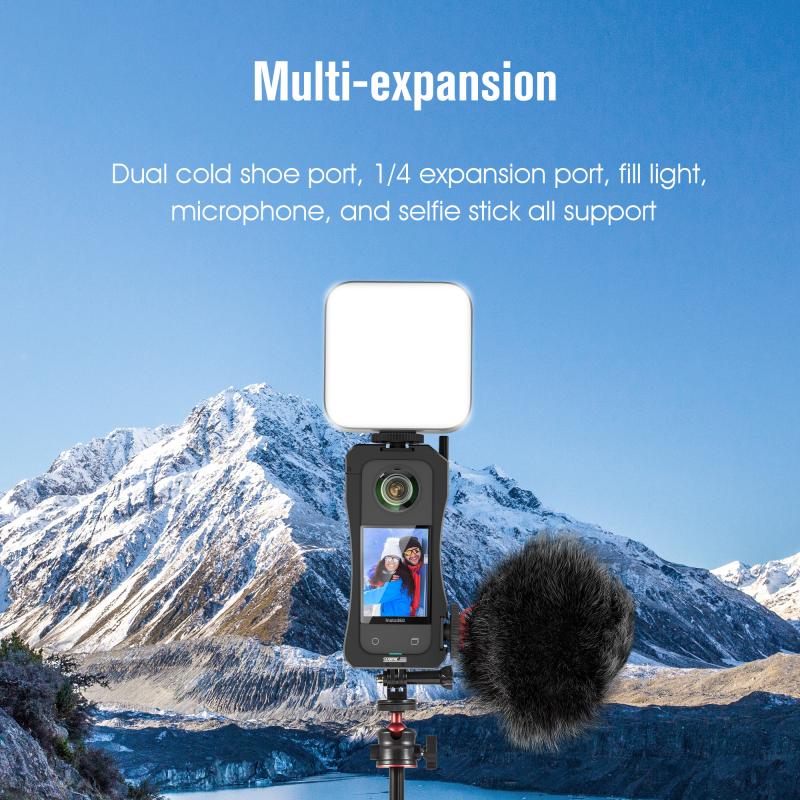
Several factors can influence the overall cost of installing solar panels:
1. System Size: Larger systems generate more electricity but also cost more to install. The size of the system you need depends on your energy consumption and available roof space.
2. Location: Solar panel costs can vary by region due to differences in labor rates, permitting fees, and local incentives. Additionally, the amount of sunlight your location receives can impact the efficiency and cost-effectiveness of your system.
3. Roof Condition: The condition and type of your roof can affect installation costs. A roof that requires repairs or reinforcement will increase the overall expense.
4. Energy Storage: Adding battery storage to your solar system can increase costs but provides the benefit of energy independence and backup power during outages.
5. Financing Options: How you choose to finance your solar panel installation can also impact the overall cost. Options include paying upfront, taking out a loan, or entering into a solar lease or power purchase agreement (PPA).
Maximizing Savings

To maximize your savings and ensure you get the best value for your investment, consider the following tips:
1. Research Incentives: Take advantage of federal, state, and local incentives. The federal Investment Tax Credit (ITC) currently offers a 26% tax credit for residential solar installations, but this percentage is set to decrease in the coming years.
2. Get Multiple Quotes: Obtain quotes from several reputable solar installers to compare prices and services. This can help you find the best deal and ensure you are working with a qualified professional.
3. Evaluate Financing Options: Explore different financing options to find the one that best suits your financial situation. Some options may offer lower interest rates or better terms.
4. Consider Energy Efficiency: Before installing solar panels, consider making energy efficiency improvements to your home. Reducing your overall energy consumption can allow you to install a smaller, less expensive solar system.
5. Monitor Your System: Invest in a monitoring system to track the performance of your solar panels. This can help you identify any issues early and ensure your system is operating at peak efficiency.
The cost of installing solar panels can vary widely based on several factors, including the type and size of the system, location, and available incentives. By understanding the components that contribute to the overall expense and taking steps to maximize savings, you can make an informed decision about whether solar energy is the right choice for you. As the demand for renewable energy continues to grow, investing in solar panels can provide long-term financial and environmental benefits, making it a worthwhile consideration for homeowners and businesses alike.




